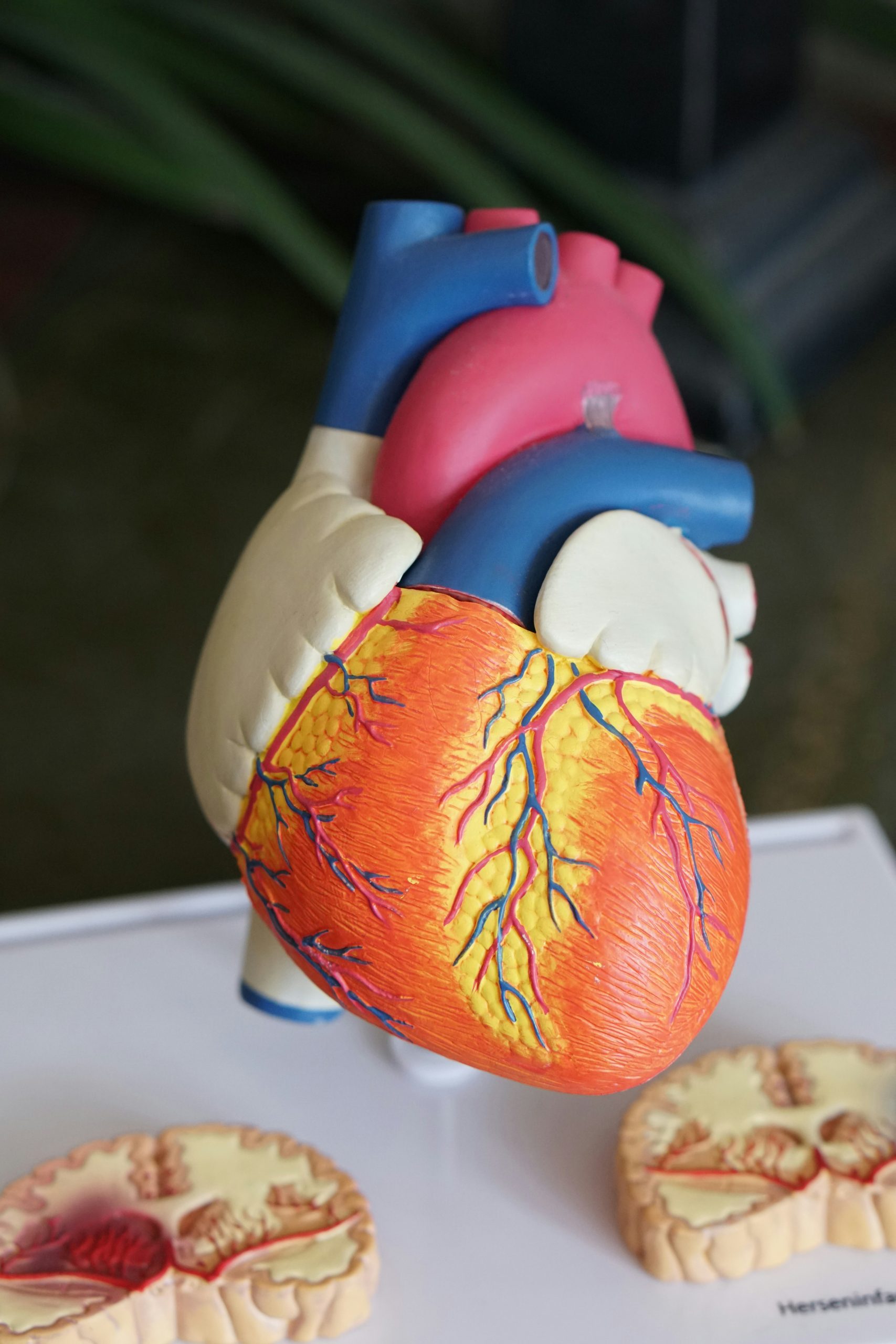What is an ICD?
An ICD is a battery-powered device about the size of a pager, implanted under the skin, usually just below the collarbone. It continuously monitors the heart’s rhythm and delivers electrical shocks when it detects dangerous arrhythmias—abnormal heartbeats that can lead to sudden cardiac arrest. Unlike a pacemaker, which only helps regulate slow heart rhythms, an ICD can correct both slow and dangerously fast heart rhythms.
How Does an ICD Work?
ICDs are equipped with leads, which are thin, insulated wires that connect the device to the heart. These leads monitor the heart’s electrical activity and transmit the information to the ICD. If the ICD detects a life-threatening arrhythmia, it can respond in a few ways:
- Pacing: If the heart is beating too slowly, the ICD can deliver small electrical impulses to pace the heart back to a normal rhythm.
- Cardioversion: If the heart is beating too quickly or irregularly, the ICD can deliver a low-energy shock to restore a normal rhythm.
- Defibrillation: For very fast or chaotic heart rhythms that can lead to sudden cardiac arrest, the ICD delivers a high-energy shock to reset the heart’s rhythm.
Who Might Need an ICD?
ICDs are typically recommended for individuals who have survived a sudden cardiac arrest or are at high risk of experiencing one. This includes people with conditions like:
- Previous Cardiac Arrest: Those who have already experienced a sudden cardiac arrest.
- Severe Coronary Artery Disease: People with severe blockages in their heart arteries.
- Heart Failure: Individuals with weakened heart muscles that can’t pump blood effectively.
- Genetic Heart Conditions: Patients with inherited heart disorders that increase the risk of abnormal rhythms, such as long QT syndrome or hypertrophic cardiomyopathy.
Life with an ICD
Living with an ICD involves some lifestyle adjustments, but many people continue to lead full, active lives. After the implantation, patients usually need to avoid strenuous activities for a few weeks to allow the incision to heal properly. It’s also important to attend regular follow-up appointments to monitor the ICD’s function and battery life.
Patients with ICDs need to be aware of certain precautions:
- Avoid Strong Magnetic Fields: Strong electromagnetic fields, like those from MRI machines, can interfere with the ICD.
- Be Cautious with Electronic Devices: Keep devices like mobile phones and headphones at least six inches away from the ICD to avoid interference.
- ID Card: Always carry an ICD identification card, which provides crucial information about the device in case of emergency.
Conclusion
Implantable cardioverter defibrillators are a vital technology for preventing sudden cardiac death in people at high risk. By continuously monitoring heart rhythms and intervening when necessary, ICDs provide peace of mind and a significant increase in survival rates for those with serious heart conditions. While living with an ICD requires some adjustments, the benefits far outweigh the challenges, making this device a lifesaving tool for many individuals.
https://unsplash.com/photos/orange-heart-decor-NIuGLCC7q54?utm_content=creditShareLink&utm_medium=referral&utm_source=unsplash
Want to learn how to save a life sign up to our First Aid courses Now: CLICK HERE
Learn more about ICDs : CLICK HERE


